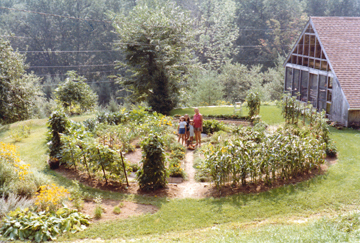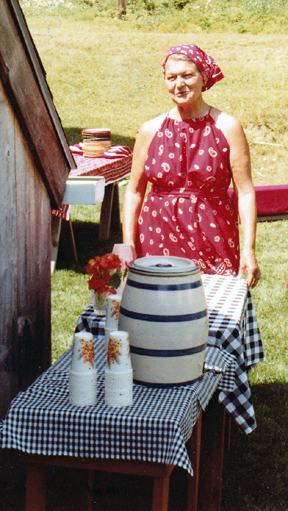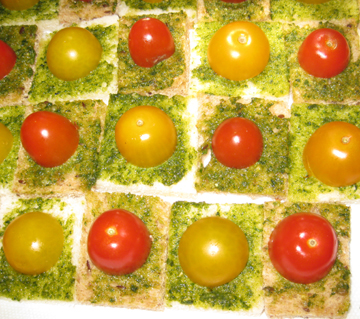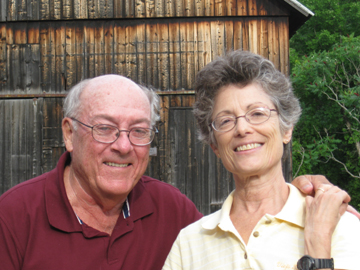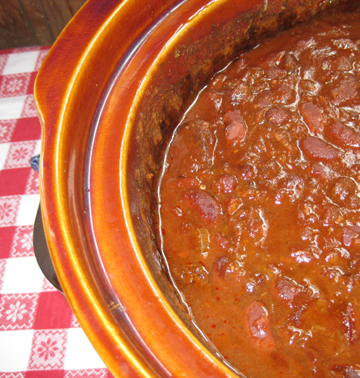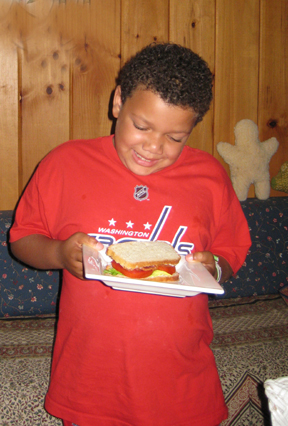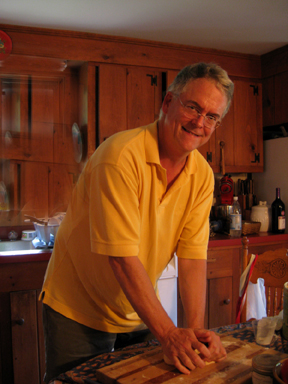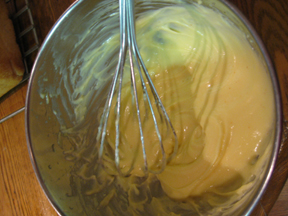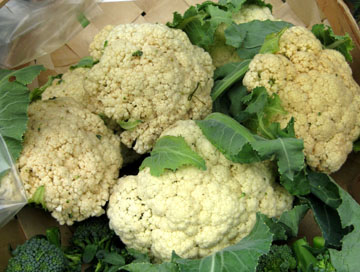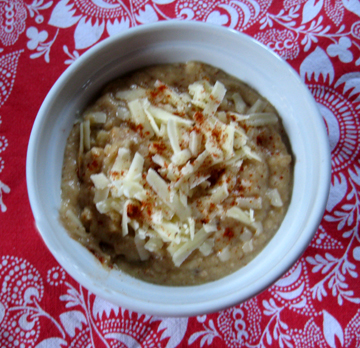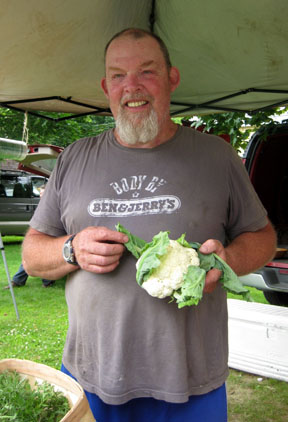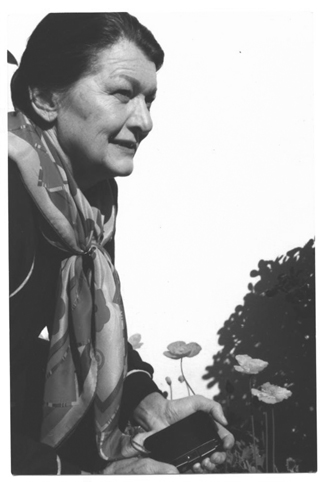
- Florette in the Mid-1990s. Thanks to Sue Stone and Dennis Anderson for sharing photos for this remembrance.
On Saturday our small community gathered to remember one of my hometown’s legendary personalities. Florette Zuelke, my neighbor in Hawley, Massachusetts, passed away in April at the age of 90. Florette will be remembered for her passion for Hawley’s history, for her sense of style, and for her strong opinions on a variety of subjects.
Florette was a mixed blessing in many ways to her neighbors. Like most human beings, she had strengths that could also be liabilities. She painstakingly created gourmet meals, but her culinary perfectionism could daunt plainer cooks. She valued creativity, but those whom she judged less than creative often felt snubbed. She charmed men but tended to ignore (and therefore antagonize) their spouses.
She was a caring friend but was frequently thwarted by her own forthrightness. She wanted the best for her neighbors and her town, but her idea of “the best” was often rigid and tended to frustrate those around her. She came up with countless brilliant ideas but usually wanted others to implement them.
Perhaps most tryingly to her neighbors, she always wanted to bring appetizers to dinner parties—and invariably arrived an hour and a half late.
Solitude and dementia claimed Florette long before death did, and she alienated many of her friends as she got older. Few of us visited her at the end of her life in the nursing home to which she had moved.
In her heyday, however, Florette was amazing. Born in the small Midwestern city of Appleton, Wisconsin, she was raised with a strong sense of self and a love of music and culture.
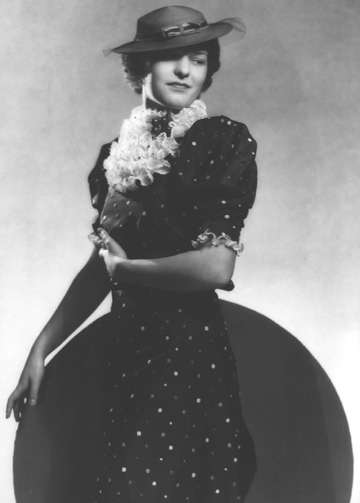
The Belle of Appleton, Wisconsin
She moved to New York City to serve as executive secretary to conductor Robert Shaw at Juilliard and spent most of her professional career in music in one form or another.
She helped singers find their pitch at the Robert Shaw Chorale; worked with renowned composer/businessman Goddard Lieberson at Columbia Records; and served in a unique capacity at the Tisch School of the Arts at New York University, preparing lavish receptions to follow the performances of visiting artists.
Lieberson established the tradition of LPs at Columbia Records, nurtured the company’s classical department, and pioneered in recording original cast albums of Broadway musicals. I was always told that Lieberson was the love of Florette’s life, although their affair never supplanted his marriage to dancer Vera Zorina.
Florette became a close friend of composer Alice Parker at Juilliard and spent many summers renting an apartment at the Parkers’ Singing Brook Farm in Hawley. There she was a lively addition to what I remember as a golden summer community.
Back in New York, where I visited her once or twice when I was a child, she looked exactly like the chic urban career girls in movies. She was fashionable, nerveless (when she couldn’t understand one of James Beard’s recipes she simply telephoned the famous food writer), and glamorous beyond belief.
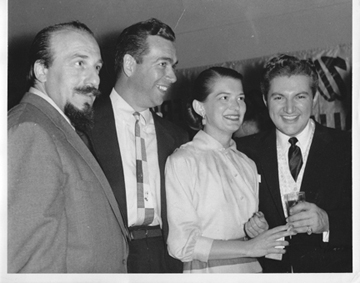
Florette in the Big Apple: with Mitch Miller, a Mystery Man (ideas, anyone?), and Liberace
In the 1970s Florette decided to retire and build a home in Hawley, which she called “Hawleywood.” It featured an eclectic Yankee-barn floor plan and a fantastic circular garden.
During a brief marriage she gave up her apartment in New York, a move that proved to be a mistake; her life’s artistry needed a grander palette than Hawley. Nevertheless, Florette threw herself into town affairs. She served as town clerk and was active in the historical commission.
She participated in the resurrection of the Sons & Daughters of Hawley in the 1980s, helping to transform the organization from a venue for annual reunions into a full-fledged historical society. She organized projects for the Sons & Daughters, helped start their newsletter, and badgered a colleague into audiotaping the memories of older Hawleyites. She hosted meetings in which she cooked ambrosial food as ideas were thrown around by artists, historians, and humanists in town.
Above all, Florette opened doors and resources to her friends and neighbors with the wave of a dramatically clad arm. She also offered amusement galore. Almost everyone I know has a Florette story.
Peter Beck, who bought Florette’s house and was a good friend to her longer than most, shared one with me recently. In the mid-1980s, according to Peter, Route 2 in Charlemont was being paved. Driving to Avery’s General Store one day (probably much too fast), Florette was stopped by a policeman on the work detail.
Unable to interpret his hand signals, she got out of her car and proceeded to instruct the man in the proper way to gesture. She dramatically swept her arms through the air to demonstrate how to signal a driver to stop or proceed.
When she had finished with the poor fellow, says Peter, she went off to do her shopping—only to return on the way home with several pairs of white cotton gardening gloves purchased at Avery’s. She distributed them to the road crew, explaining that the men should wear the gloves in order to make their now graceful hand signals more visible to motorists.
So persuasive, so daunting, was Florette that the men meekly donned the gloves. “Oblivious to the fact that road construction is dirty work,” concluded Peter, “Florette introduced style, making the project a white-glove affair.”
On Saturday we found time for lots of stories like this one, as well as a few songs. We enjoyed remembering Florette as she once was—elegant and caring; fun and funny; passionate about music, food, Hawley, gardens, and people.
When we were first planning the memorial Peter suggested “something Venetian, something Balinese, something Auntie Mame.”
The last of those ideas was perhaps the most appropriate, given Auntie Mame’s signature line, “Life is a banquet.” It’s an apt epitaph for the loveable, maddening, delicious Florette.
Florette’s BLASPHEMOUS CHILI
I can’t write about Florette without a recipe. This is the first of several Florette foods I’ll be featuring here. When we started asking friends and relatives what should be served at the party Saturday, “chili” was the invariable reply.
Florette fell in love with this recipe sometime in the 1980s and gave chili spice packets to friends and relatives for holiday presents for years after that. She also sold the packets to raise funds for her favorite charities. I am indebted to Elizabeth Pyle, who watched Florette put together the spices years ago and took notes, for the recipe.
Mixing the spices will make your house smell divine for days to come……….
For the spice mix:
Ingredients:
1/3 cup salt
1/2 cup cocoa (packed a little)
2 tablespoons plus 2 teaspoons allspice
1 cup plus 3 tablespoons cumin (packed)
5 level tablespoons crushed chili (red pepper)
3 tablespoons oregano
Instructions:
Mix thoroughly and whirl in a food processor to break down the red pepper flakes and combine. Makes 16 batches of chili.
For the chili:
Ingredients:
4 cups chopped onion
2 cups chopped celery
6 large garlic cloves, minced
3 ounces vegetable oil
2 pounds lean ground chuck
2-1/2 tablespoons CHILI SPICES
1 28-ounce can peeled tomatoes
1 16-ounce can tomato sauce
2 or 3 cups beef or vegetable bouillon
2 cans (15 ounces each) red kidney beans
Instructions:
In a large stainless steel or enamelware kettle cook the onion, celery and garlic in oil over moderate heat, stirring, until the vegetables are wilted and soft.
In a separate skillet cook the ground chuck, breaking it up with a fork, until it is no longer pink. Remove any excess fat and add the meat to the vegetables.
Sprinkle the CHILI SPICES over the mixture. Add the tomatoes including the liquid, the tomato sauce, and the bouillon. Stir to blend the ingredients.
Simmer the mixture partially covered for one hour, stirring occasionally to keep from sticking to bottom of kettle. After 1/2 hour add rinsed and drained kidney beans.
Add salt and pepper if desired. Serves 10.
NOTES:
“Blasphemous” does not mean “extra hot.”For a “hotter” chili add a little crushed red chili pepper. For a milder chili add 2 or 3 cups of cooked spaghetti twists. The flavor improves with age and is best when chili is made ahead of serving time and reheated.
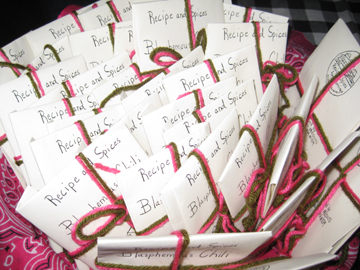
- Liza Pyle, who loved Florette all her life, made packets of chili spices for the Florette party.
Follow-Up Note from Tinky in SEPTEMBER 2009:
Peter Beck, mentioned above, has put two posts about Florette on his own blog, Flaneur du Pays. One features a not-to-be-missed photograph of my neighbor and friend, Alice Parker Pyle, in a fixture of Florette’s home (as eccentric as she was herself), the soaking tub.
And I also offer links to two other recipes that relate to Florette: Toni’s Salmon Mousse and Checkerboard Cherry Tomatoes.
